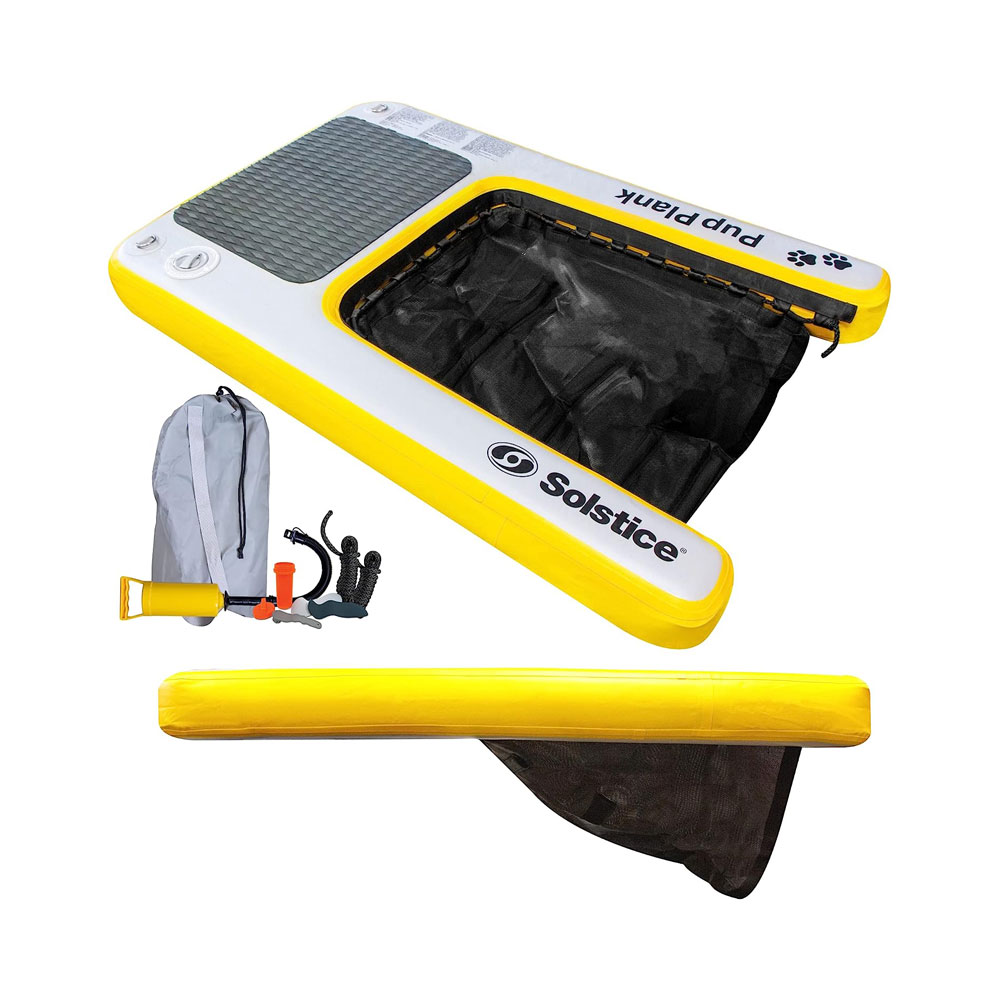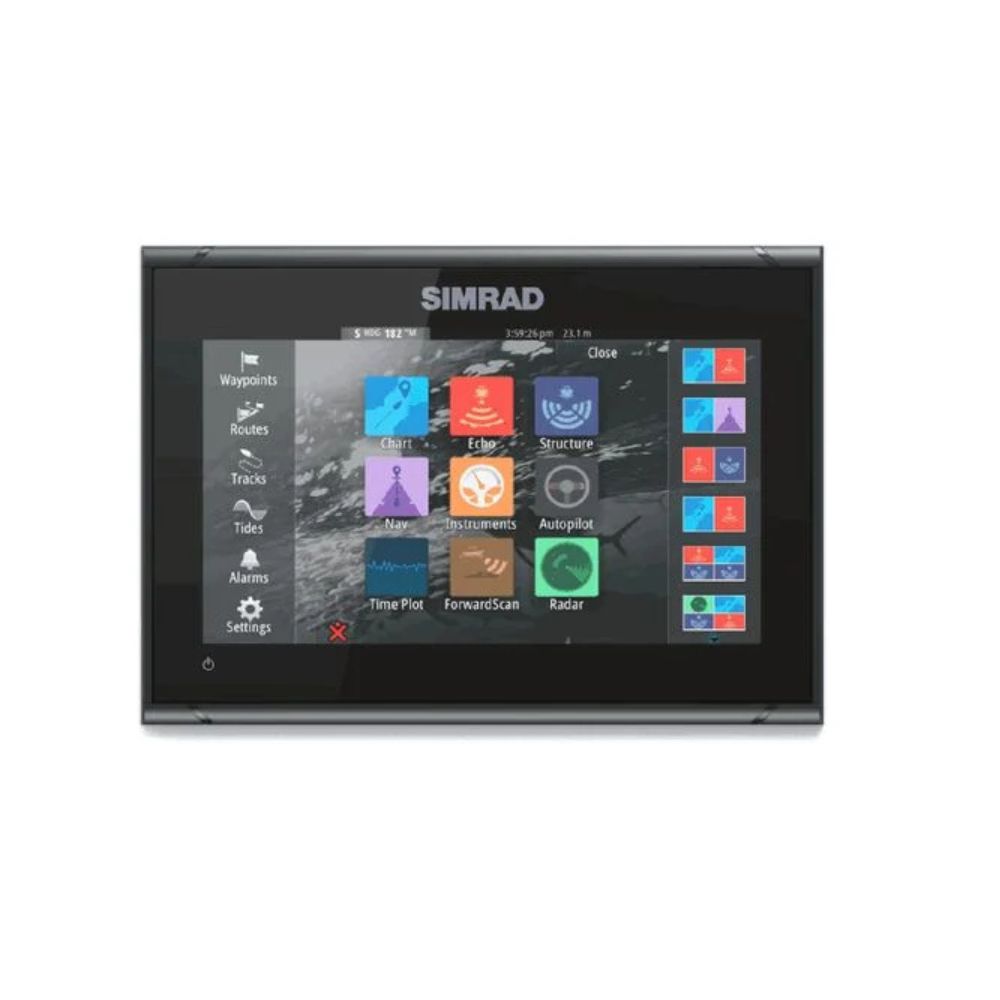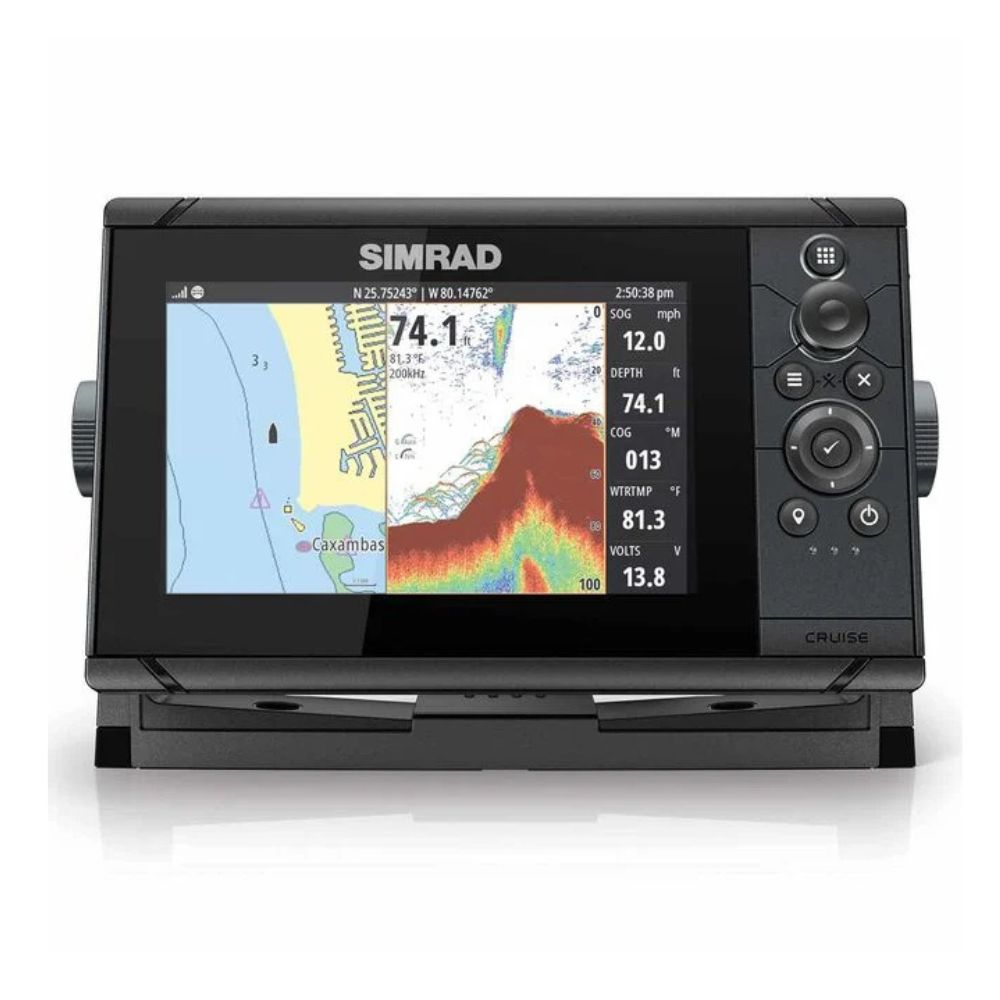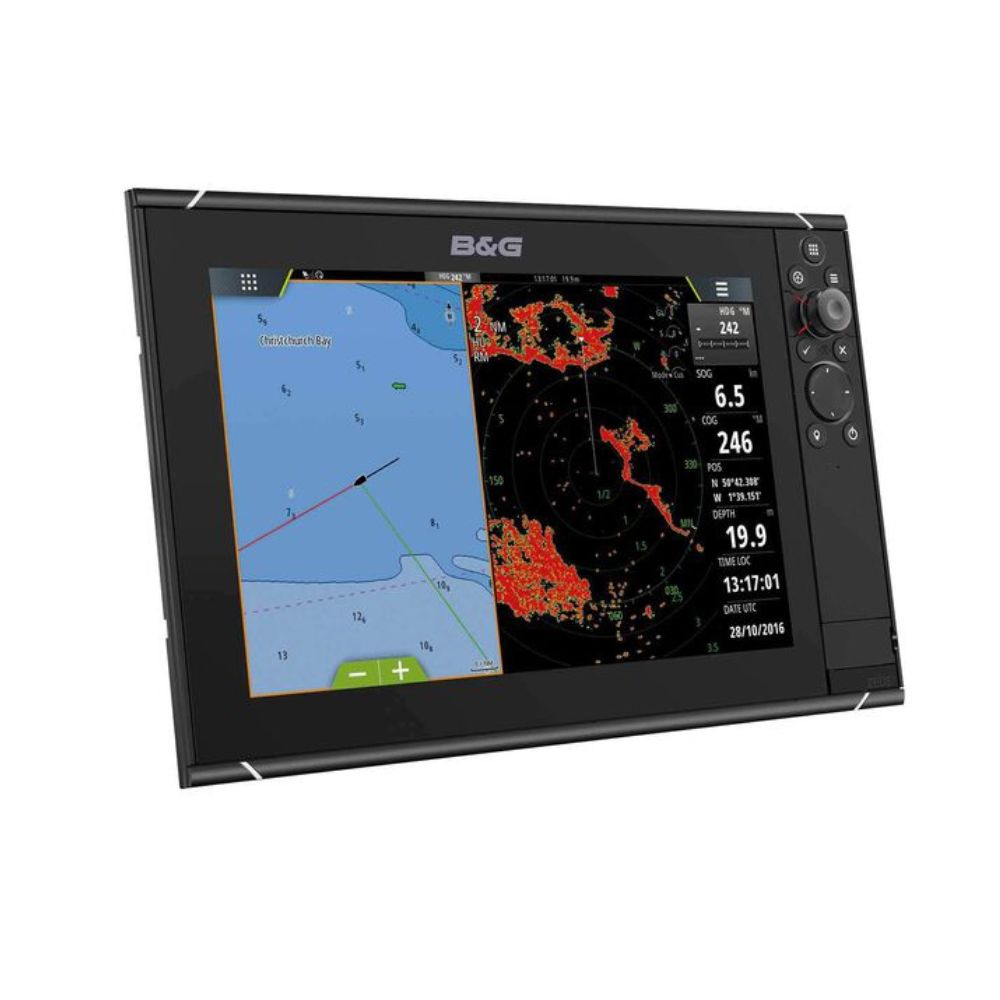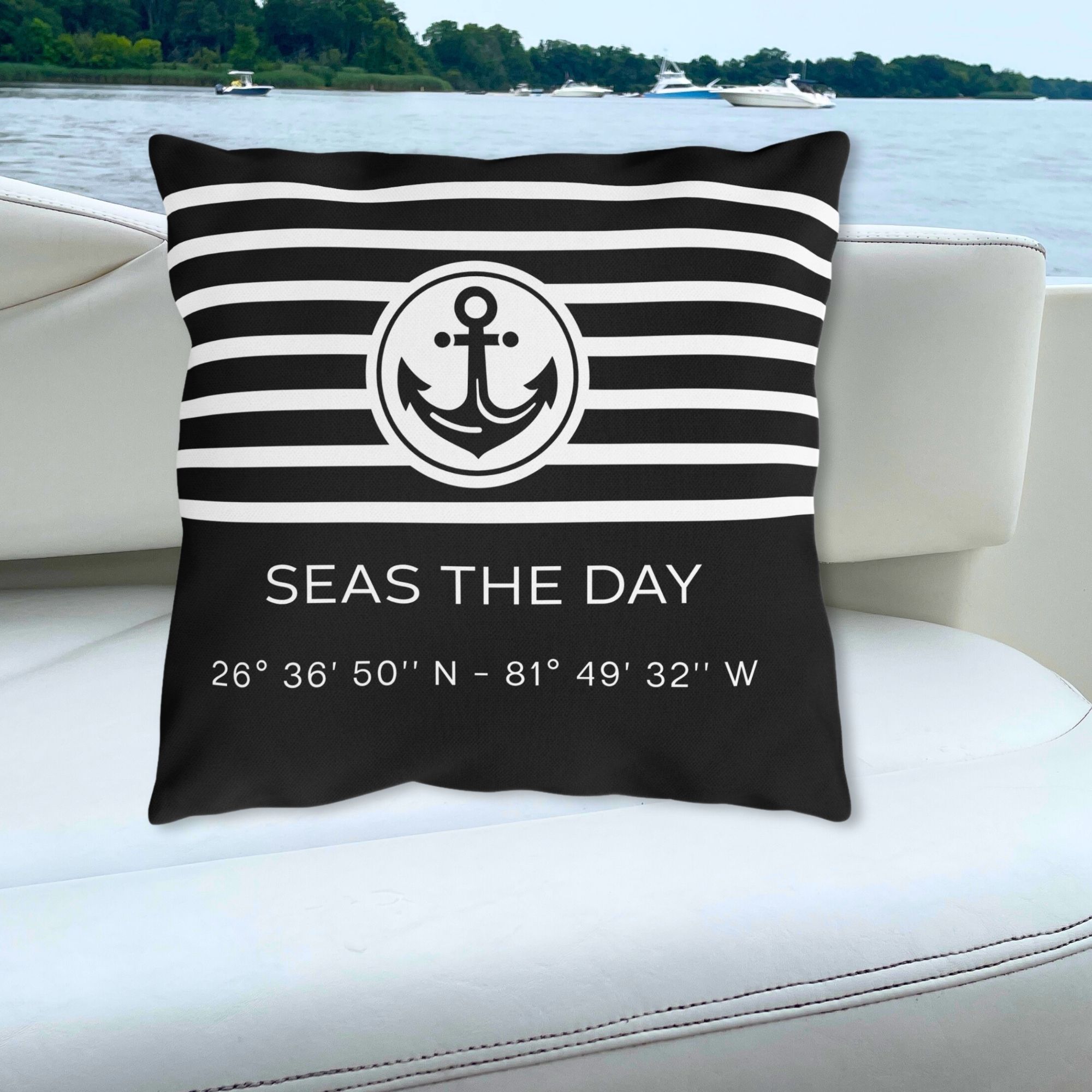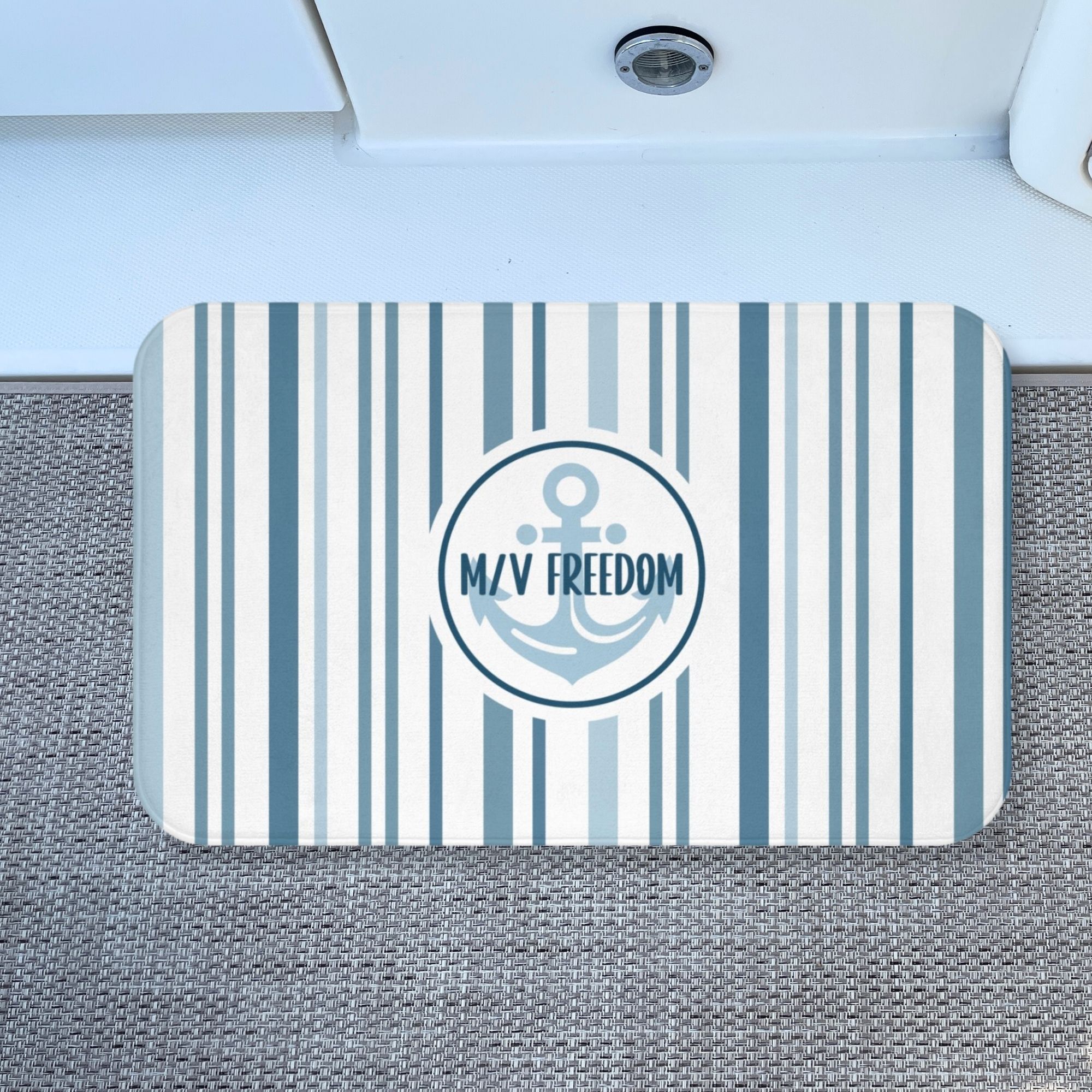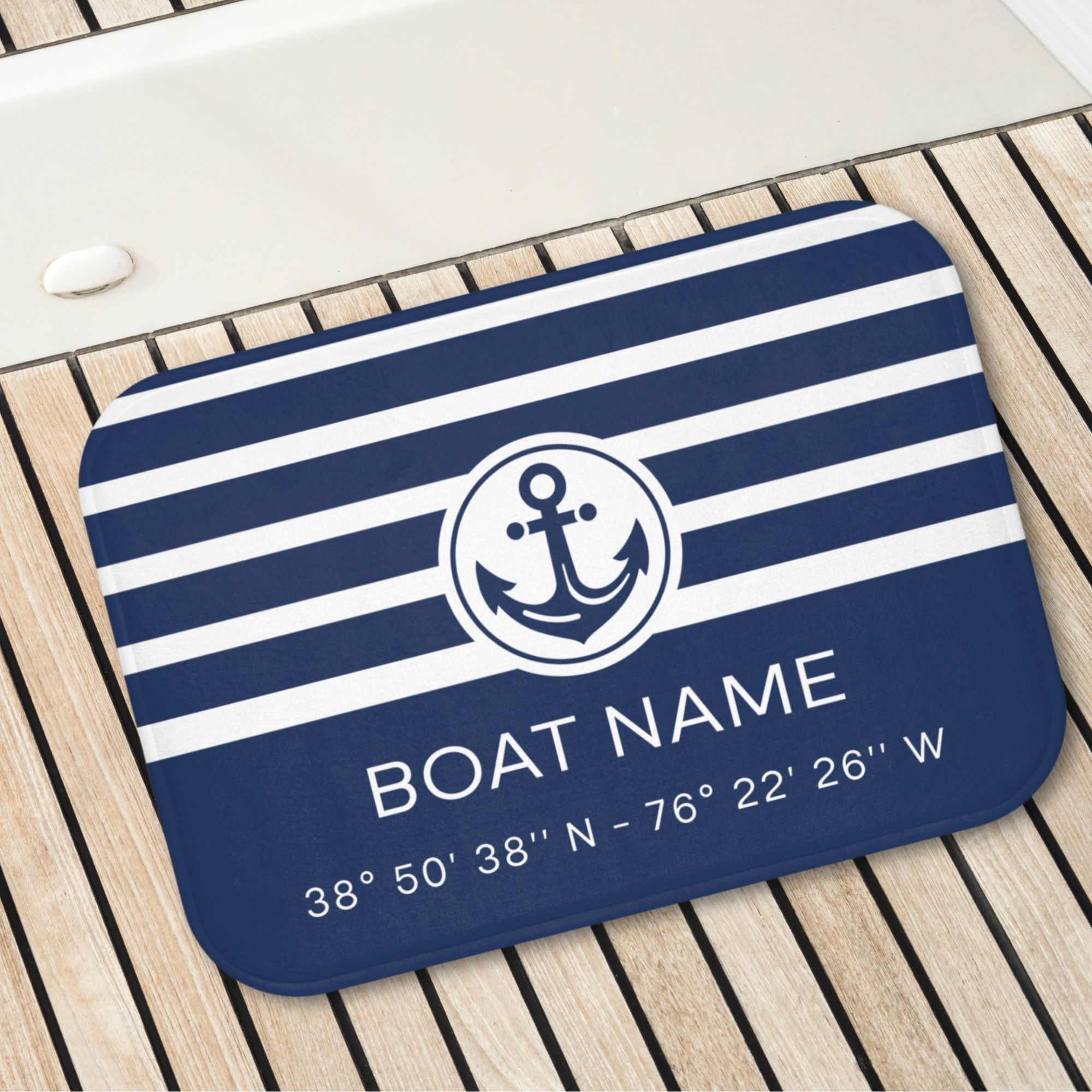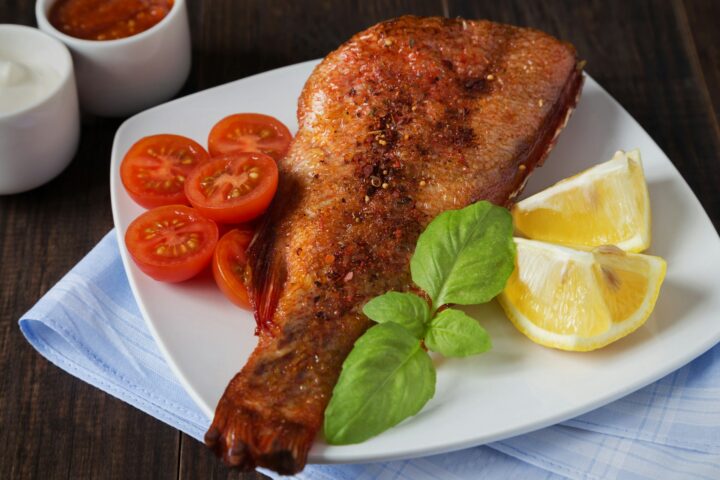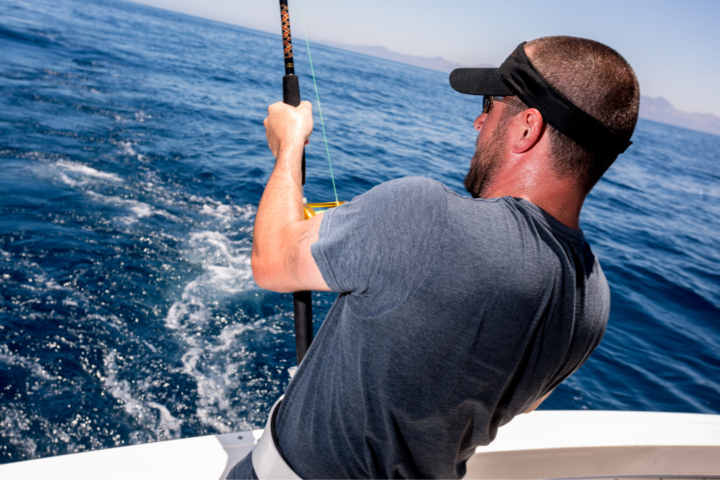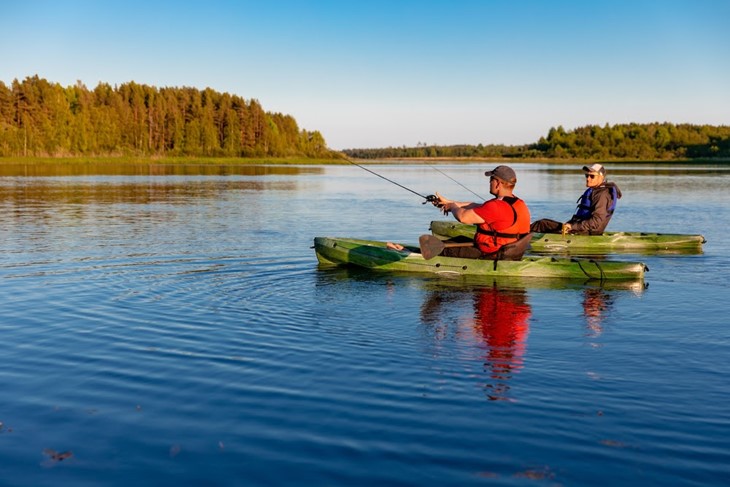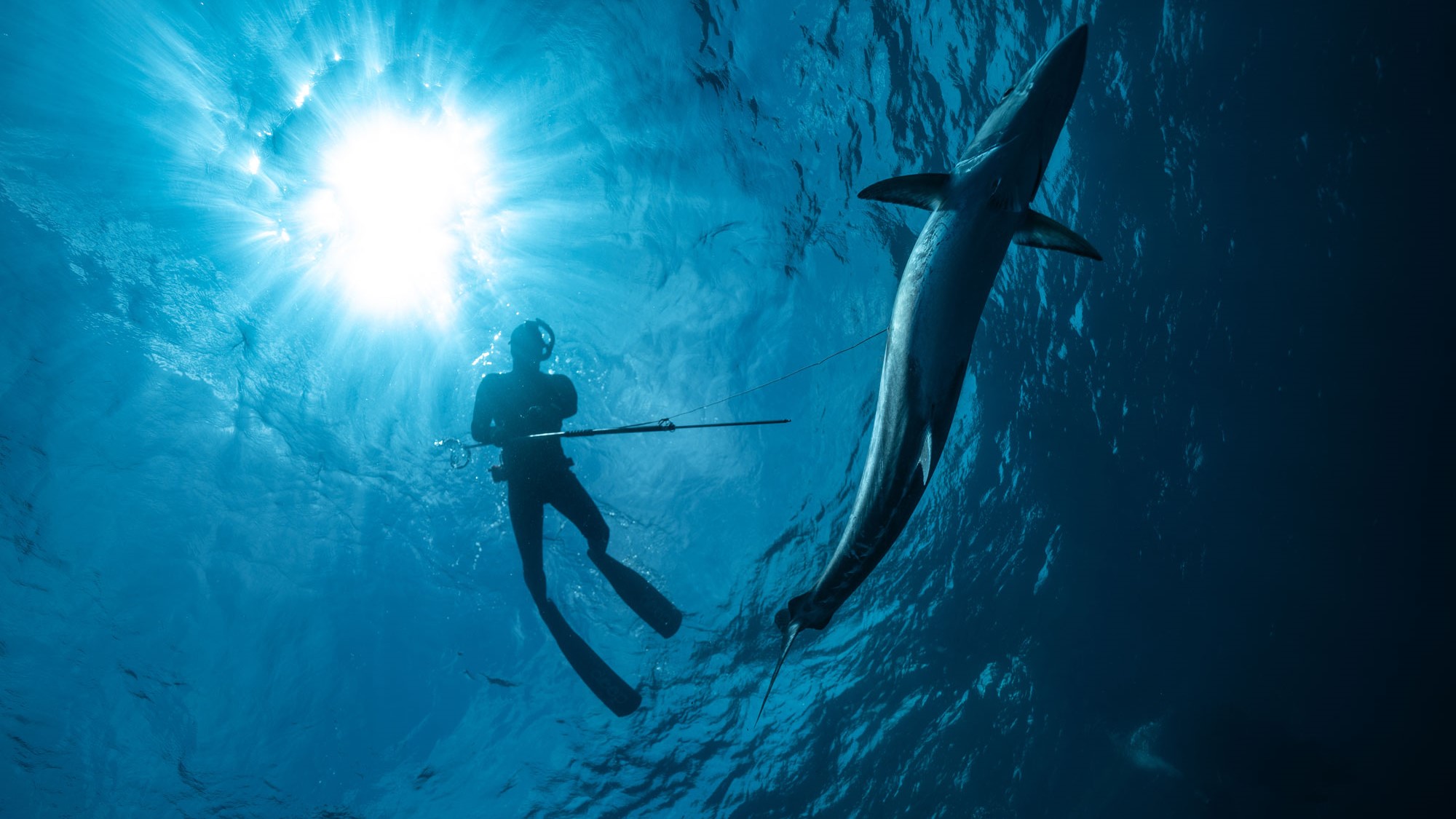
When you think of the word ‘fishing,’ do you immediately think of using rods and sitting by the water? Some people have a more hardcore image of it.
Spearfishing is a traditional fishing technique that has advanced from the basic hand-held spear to the modern speargun. It’s a thrilling hobby and sport you wouldn’t want to miss out on, especially if you’ve been looking for more interesting ways to fish.
All you need is to master the basics of spearfishing to do it correctly and safely. With that in mind, below are five tips to help you in your next spearfishing adventure:
Learn The Right Techniques
If you want to spearfish well, you need to learn the essential spearfishing techniques. These include:
- Dusting and scratching: Dusting involves throwing sand into the water column. On the other hand, scratching involves grabbing a rock from the bottom and grazing it against another rock piece of a similar size. Some species of fish are attracted by the disturbance this creates since they believe on instinct that these are signs of passing or struggling prey. This draws them out of their hideouts and leaves them open to spearing.
- Calling: This works just like the previous technique, only that this one involves grunting. It imitates the sound of reef fish, luring in other fish to inspect the source of the noise.
- ‘Cone of death’: With this technique, you first check if your speargun is working. Afterward, you can do a halfway dive to identify the fish you want. It requires you to master fish behaviors as well as learn how and where to dive. This requires a lot of preparation and training, especially the diving part. But once you master it, it makes for a thrilling experience every time.
Know The Laws
Spearfishing isn’t a sport widely embraced by all countries. So, check if the place you’re planning to spearfish at has laws against it. Some may allow you to do so but under stringent rules. For example, you may be required to have a license before carrying a speargun with you.
At the same time, some techniques are also not allowed in some countries. Also, check which species of fish must not be caught, such as tarpon, sharks, triple tail, and billy fish. Do the same if you’re using a boat.
Pack The Right Gear
Every spearfishing enthusiast needs to have these during their trips:
- Gloves: These provide grip and protection from both the water and sea animals that may get a little feisty.
- Weight belt: Diving below a specific depth can be challenging because your body tends to float. A weight belt increases your body mass to make reaching deeper levels easier.
- Wetsuit: If you’re planning to spearfish with a scuba, this is a must. Choose a wetsuit that is flexible, form-fitting, and capable of providing adequate as you go underwater.
- Diving fins: Diving with just your legs can easily tire you. Diving fins help you move quickly and efficiently underwater without much struggle.
- Spearfishing weapon: It’s mandatory to have a suitable spearfishing weapon. A speargun is the most commonly used tool. Some are power-driven by natural latex rubber bands, while others utilize pneumatically powered models. Always keep it in top condition by cleaning it well and changing the rubber regularly.
- Knife: This tool can come in handy in certain situations. For example, some fish may struggle under the spearpoint if you don’t get a clean shot. In this case, you can free it from distress by using your knife. You can also use it to free yourself from ropes, fishing lines, or seaweed. Choose a knife that’s small, functional, sharp, and sturdy.
- Masks: Select a mask fitting your face to enhance your visibility at all angles. Preferably, it should come with a pressure-control feature to keep you safe while underwater. Try different masks at your shop of choice to find the perfect fit.
Packing all the basic equipment for your next adventure is part of the steps for a fulfilling spearfishing experience.
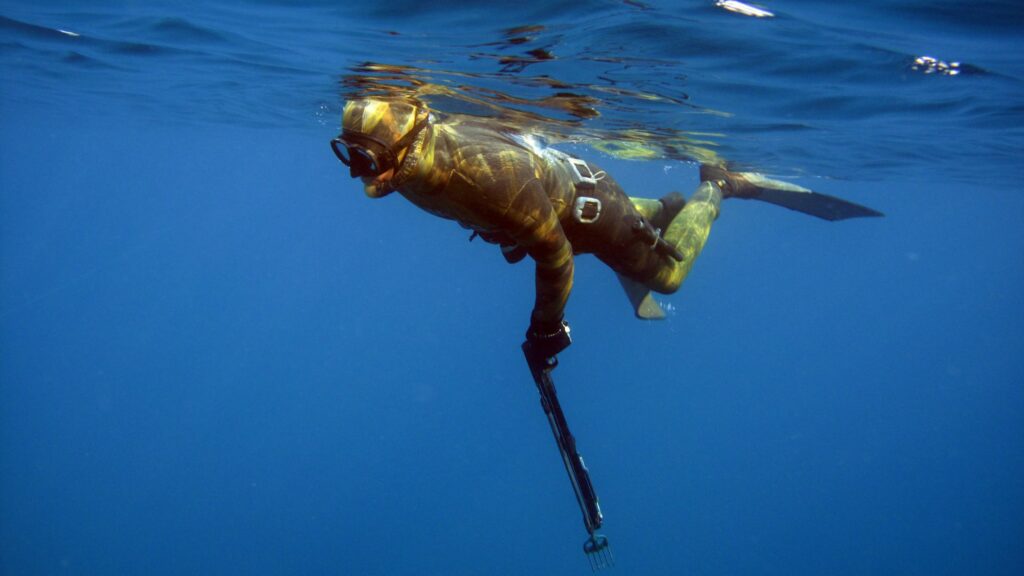
Follow Safety Precautions
Spearfishing is a risky sport. For example, there’s a possibility your diving equipment may fail on you. or get attacked by species such as sharks, pointy crays, and invisible stingers.
You can work with a crew or a group of friends to watch your back during your spearfishing expedition. Also, you should have a safety flag to indicate to other boats that there’s a diver in the water. When they see that flag, they’ll be careful not to approach the area you’re fishing in and block you. Make it a point to regularly check your equipment before and after a trip, as well.
Check The Weather
It’s best to spearfish when the wind is slack. Strong winds can affect water visibility, spoiling your experience. Therefore, it’s best to know the weather conditions of the place you’re traveling to.
Different tides offer different kinds of fish you may encounter. So, you might want to consider that during your trip. Also, ask if you can do it at dusk or dawn because the waters are clearer.
Conclusion
Whether you’re a seasoned spearfisher or a newbie to the sport, these tips should cover the basics of what you need for a successful session. So long as you stay well-equipped and prepared, nothing can stop you from having a blast with it. Here’s to the best catches.
Trending Now: Must-Have Boat Gear for Your Boat Life
Trending Now: Custom Boat Decor
-
Boat Pillow with Boat Name & LAT LONG Coordinates
Quick ViewBuy on Etsy -
Boat Pillow with Boat Name & LAT LONG Coordinates- Black
Quick ViewBuy on Etsy -
Coastal Blue Stripes Bathmat with Anchor & Boat Name
Quick ViewBuy on Etsy -
Custom Boat Mat with Boat Name & LAT LONG Coordinates
Quick ViewBuy on Etsy
Disclosure: This site may contain links affiliated with companies where we receive compensation. Also, as an Amazon Associate we may earn from qualifying purchases we refer but it does not impact the price you pay. Full disclosure policy.

